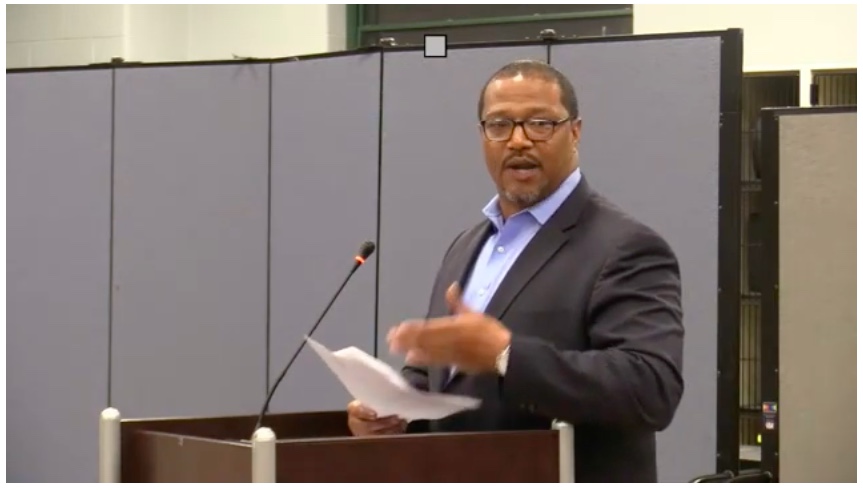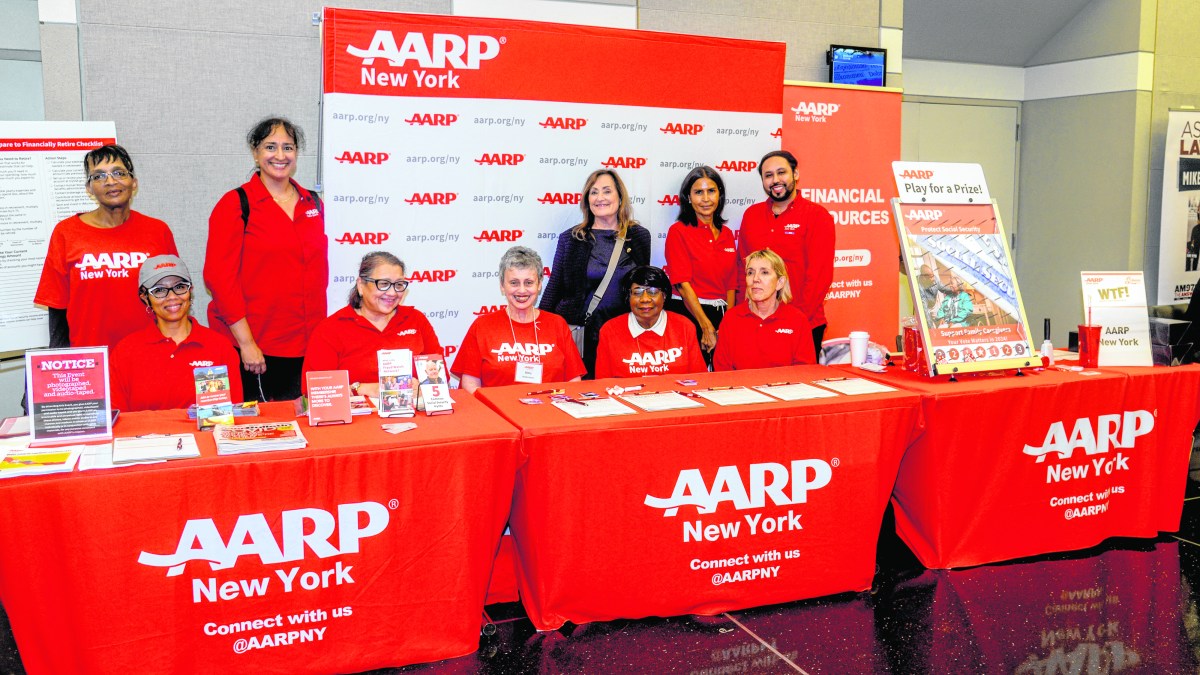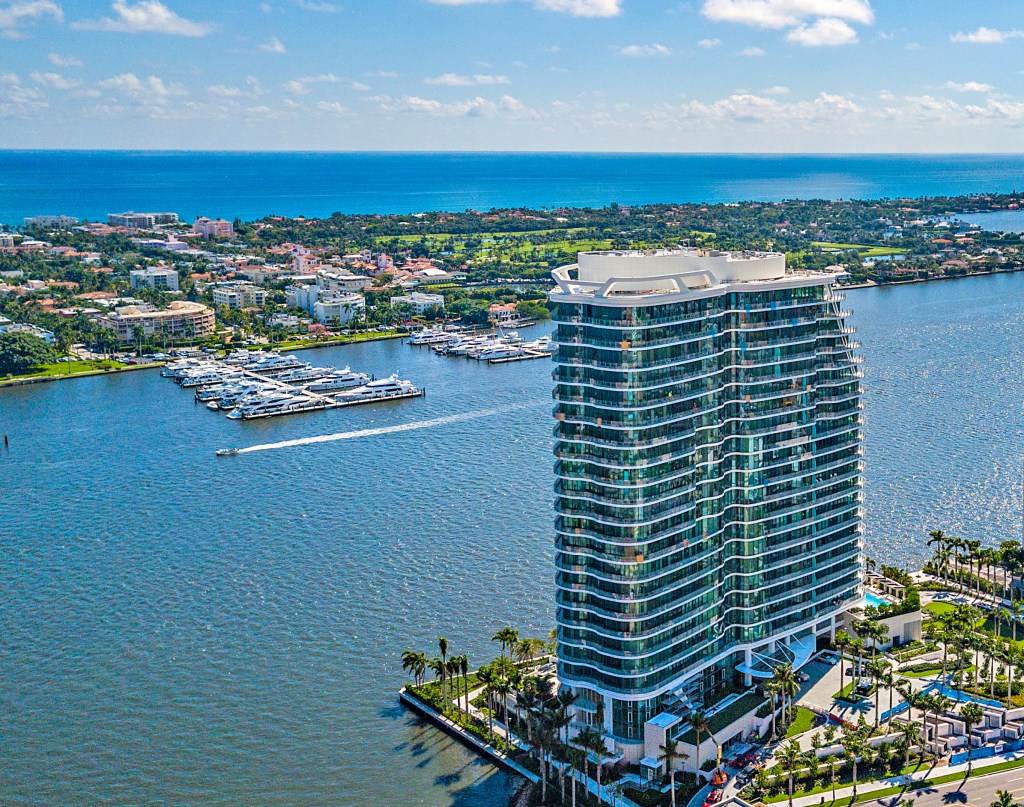Shinnecock Parents Rally After Racial Slur Left on School Desk

Gentrification. Although the term is most commonly associated with race, the fact that gentrification disproportionately weeds out people of color is simply Darwin’s Law. At its root, however, gentrification is a systemic byproduct of wealth.
Wherever the haves out-wealth the have-nots, gentrification thrives. Even in a community of historically significant wealth like Southampton, which is known as the Eden to old-money pioneers such as the Rockefellers and Vanderbilts. Those who cannot keep up with the new-money are spit out.
But what happens when you are being socioeconomically ejected from the one place your tribal family has called home for over 13,000 years? You stand together and you hold your ground. Which is exactly what nearly two dozen Shinnecock parents who attended Southampton Union Free School District’s Regular Board Meeting on March 7 set out to do.
Following outside announcements, the meeting officially began when Superintendent Dr. Nicholas Dyno narrated a PowerPoint presentation on the district’s population changes over the past 10 years to offer context for the District’s 2022-2023 budget proposal.
According to the report, while District enrollment is the lowest it’s been in 10 years, its Combined Wealth Ratio for the area is among the highest in the state, over 12%, making the district ineligible for grant-based funding. Meaning the district relies on taxes and other revenue sources to support its schools.
“The student population doesn’t really represent the wealth of the district so to speak,” said Assistant Superintendent Jean Mingot, referring to the 47% economically disadvantaged students attending the district.
On first glance, the district’s total population changes from 2013 to 2023 favor the majority-minority evolution that sociologists have been predicting for years. This is mostly due to the influx of Hispanic/Latino immigrants, which is evident from the 91% increase for English Language Learners over the past 10 years — 71% of which are economically disadvantaged.
Nevertheless, if we put all immigration statistics aside and look at the population of locals today compared to 2000, we see a dramatic drop in both the Black and White populations: from 10.9% to 1% and 73.5% to 40%, respectively.
Although the percentage of economically disadvantaged families in the school district is 11% lower than its peak of 58% in the past six years, the current rate of 47% rose from 10.8% in 2000.
Add to this the geographical data provided by the Board in its presentation, and one may easily assume that the 38% of economically disadvantaged families who are not Shinnecock replaced the former middle-class Black and White neighborhoods that were forced out due to the area’s high cost of living and property taxes.
Now inject the Financial Times observational post-pandemic headline “New York exodus makes Hamptons a year-round destination,” which signals the arrival of more wealthy Whites to the East End and we have gentrification on steroids.
Clearly, the local historical fabric of our once recognizable small-town where our parents’ parents forged lifelong friendships is forever changed. Take it from a Nation of people who have witnessed the evolution of our once pristine East End since the beginning of time, literally.
Over two dozen Shinnecock parents attended the March 7 School Board Meeting, where roughly one dozen spoke. Parents rallied the week prior on March 2 at an Emergency Education Meeting called in response to a racial slur that was etched on a classroom desk. According to parents, the racial slur was left on the desk for 8 days to fester in the minds of the students it offended.
Parents said the administration’s apprehension to remove the slur in a timely manner was because the administration found its policy on “racial epithets” to be varied and unclear. Albeit, in the same timeframe, students witnessed a swastika drawn on a school wall that was removed within 15 minutes. The district followed this action by sending a letter to parents stating “there is no room for hate crime.”
This and other incidents were directed at the Board during its March 7 meeting where one parent pleaded with the Board to apply perimeters to student participation in extracurricular activities. Citing the low grades for some members of the school’s winning basketball team, she stated “academic excellence should be prioritized over sports.”
A grandparent, whose comments were cut from the BOE Regular Meeting recording when she tried to name the faculty responsible for bullying her grandson, said “My grandson should not come to school to be harassed, tormented, and humiliated in front of his classroom friends.”
“You asked for a particular. I’m giving you the particulars,” Shinnecock father Terrell Terry Sr. said to BOE President SunHe Sherwood-Dudley when she tried to stifle him for sharing a story about his son who the school disciplined and labeled as an aggressor despite video footage that shows him defending himself after being pushed from behind at full force by a bully.
“We will not go quietly,” Terry said. “New York State has an obligation to fund the education of the children of Shinnecock Nation. This school committed to that agreement with New York State, which means this school is responsible for providing quality education to our students.”
Southampton UFSD expects to receive $4.5 million in Native American tuition dollars from New York State for the 2022-2023 budget. That breaks down to roughly $41,000 per Shinnecock child. To put that in context, the average Southampton Village tax payer is expected to contribute up to $4,200 in tax dollars per household, which in some cases includes multiple children.
“You have the tax dollars from people sitting on stolen lands,” said Launcelot A. Gumbs II who clarified that Native American tuition provided by New York State is unspoken reparations for 400 years of atrocities committed against indigenous communities in the name of colonization.
“I strongly suggest when we have this next meeting that we start to talk about real solutions with our kids with our money,” Gumbs said. Gumbs and other parents insisted that the district earmark the $4.5 million Native American tuition dollars to exclusively fund the unique educational needs of Shinnecock students.
In addition to seeking a “high quality education,” that “reasonably accommodates the unique cultural differences” and “eliminates cultural bias,” much like the District’s mission and vision statement promises all students, the Nation’s contract with the District mandates that the schools provide a “Native American Student Achievement Report.”
However, the District has yet to consistently comply. If they take the time to test Shinnecock students at all, the results show that our children have the lowest test scores, just above students with disabilities and English Language Learners–or in some cases they fall behind ELL students. Considering that each time a Shinnecock child is placed in remedial academics, the $41,000 tuition for that student, it is no wonder that our children are being systematically neglected.
Gentrification doesn’t always come in the form of brick and mortar. Sometimes it can be as camouflaged as the school to prison pipeline, schoolyard hoop dreams and classroom micro-aggression. Whatever it takes to keep the wealth in the Majority and the rest of the population exhausted and hopeless.
If we are wrong, Southampton District has yet to prove otherwise. But two wrongs do not make a right. We can no longer sit silent. Accountability is the only way we can maintain our place in our home.

Dyáni Brown is a citizen of the Shinnecock Nation. She is a freelance writer, television and film entrepreneur, and communication and marketing specialist. To view her portfolio, visit about.me/dyanibrown.
–with contribution by Terrell L. Terry Sr.



